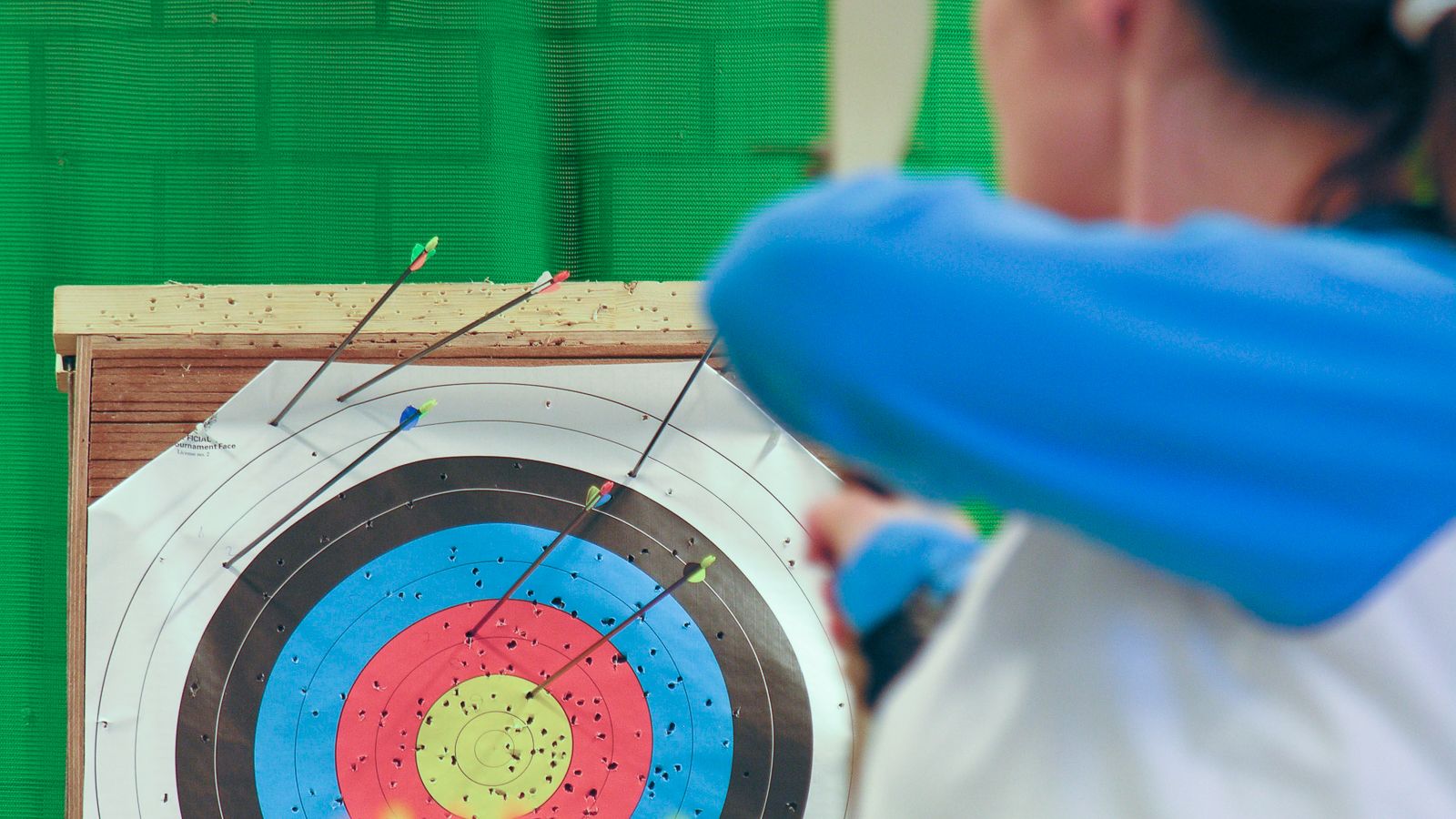General Introduction

Breaking the Negative Cycle
Physical fitness (or physical capacity) has been defined as the “combined ability of the cardiovascular, respiratory and musculoskeletal systems to attain certain levels of activity.”4 Low physical fitness in persons with SCI is associated with inactivity and a sedentary lifestyle12346 resulting from, among other things, impaired physical functioning, such as loss of muscle power and autonomic control below the injury level, and poor blood circulation in the lower extremities,14 as well as limitations in motor functioning.3
Possible consequences of inactivity include secondary conditions such obesity, diabetes, cardiovascular disease, bone and joint disease, as well as the exacerbation of SCI-related complications such as pressure sores, urinary tract infection and spasticity, and ultimately a lower quality of life.12345 Given this, one goal of rehabilitation is to break this vicious cycle of impaired physical functioning – low physical fitness – inactivity – reduced functioning.4
In addition to breaking this negative cycle related to low physical fitness, studies have suggested that there are many benefits of increased regular physical activity that includes exercise and sport.
Benefits of Exercise and Sport
Exercise and sport have been shown to contribute to promoting physical fitness and health maintenance in persons with SCI.235 In fact, everyday physical activity, not just sports, has shown to be beneficial for improving physical fitness.7
Box 1 | Effects of Exercise on Physical Capacity
The physiological impact of exercise on the physical capacity of persons with SCI has been well-studied. This includes:357
Cardiorespiratory functions:
- Increased rate of oxygen uptake during exercise
- Improved efficiency of breathing
- Boost in cardiorespiratory endurance i.e. the ability to take in oxygen and transport it to parts of the body during physical exertion
- Expanded vital capacity i.e. the maximum amount of air that can be expelled from the lungs after breathing in as deeply as possible
- Decreased heart rate during exercise
Vascular functions:
- Improved blood flow to the legs (as shown in several, albeit not all studies examining blood flow to the legs)
- Favourable effects on blot clotting
Metabolic functions: Favourable lipid profile that potentially reduces the risk of coronary heart disease
Musculoskeletal functions:
- Improved muscle strength
- Enhanced muscle power output
- Heightened resistance to muscular fatigue
- Increase in bone mass
- Improved biomechanics related to body movement, including wheelchair propulsion technique
Improvements in physical capacity/fitness can have a positive impact on daily activities e.g. tasks requiring short-term exertion and capacity to do physical work, as well as enable a person with SCI to more quickly achieve independence in daily activities.
Exercise and sport activities also have psychosocial benefits. Studies have found that frequent participation in sport activities can decrease anxiety and depression and increase vigour. The degree of psychological benefit from sports seems to be associated with the physical benefits of sport participation. It is important to note that persons with paraplegia and tetraplegia have an equal chance of benefitting psychologically from sport participation.89
On a broader level, persons with SCI who engage in sports also demonstrate a higher quality of life, as illustrated in a study of 985 persons with SCI. In this study, the participants who were actively engaged in sports or physical recreation showed significantly higher life satisfaction rates, especially with regard to family relationships and contact with friends, than those who did not participate in sports or physical recreation. The most common reasons given for engaging in sports after injury were 1) to keep physically fit, 2) to improve upper body strength, 3) to get out of the house, 4) to sozialize with other people, and 5) simply for the enjoyment of doing sports.10
Besides physical and psychological benefits, physical activity has shown to decrease the incidence of urinary tract and respiratory infections, spasticity, and ulcers. In addition, athletes with paraplegia seem to have less hospitalisations and lower hospitalisation costs.11
Sports can do much to facilitate aspects of community reintegration. Sport as a form of recreation has shown to facilitate social interaction and adjustment to disability, as well as provide a sense of enjoyment as a coping mechanism and for stress management.11 Considering this, it is very encouraging that the options available for persons with SCI who want to engage in sports are no longer limited to traditional "SCI sport activities" like archery or table tennis, but are continuing to evolve to include many other types of sport activities such as mono-skiing and cross-country hand-biking.210 In addition to sports, other forms of physical activity e.g. wheelchair dance are also available to persons with SCI.2
Barriers to Engaging in Sports
In the same aforementioned quality of life study of 985 persons with SCI, participants who found it difficult to continue engaging in sports gave the following reasons:10
- dislike for the available sport activities
- poor access to recreational and sports facilities
- lack of independence i.e. high dependency on personal assistance in performing activities of daily living
- inability to engage in their favourite sport after SCI
Despite these barriers, persons with SCI who do participate in sports experience long-term benefits in functioning, health maintenance, reintegration and overall well-being. Considering the many benefits of regular physical activity, rehabilitation programs need to integrate intensified physical activity during rehabilitation, as well as promote a more active lifestyle after discharge from the rehabilitation centre.35711
This case study of Lisa, a 35 year-old woman with SCI, will illustrate how suitable sport activities can be identified and integrated into rehabilitation, and how sport participation can contribute both to physical health maintenance and psychosocial well-being of a person with traumatic SCI.